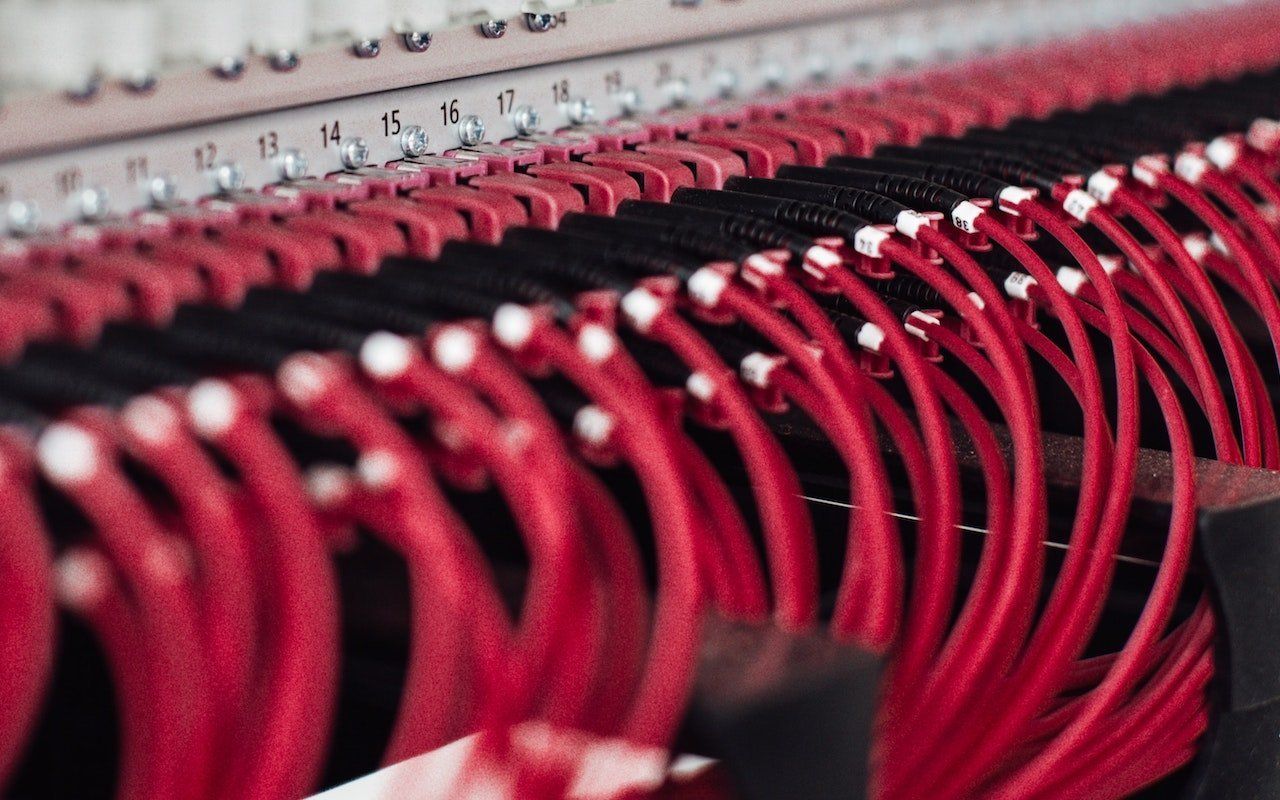Fastly just showed us how CDNs keep the Internet alive – until they don't
Just saw a bunch of 503 errors on your favourite websites, like Amazon, Twitch, Reddit and major news outlets? Here's what went wrong.

Days like today need to be embraced as a 'learning opportunity'. No, not for Fastly, the Content Distribution Network that had a major meltdown that caused so, sooo many big websites to disappear from the Internet. I'm sure it has learned enough for one day.
For the rest of us, it's a reminder of the precarious knife-edge our speedy, seamless online world lives on. In the era of Denial of Service attacks and just plain "millions of people want to buy Oodies five minutes ago" demand for instant Capitalist consumption of All The Things, it's not enough to just put a website on a server and hope for the best. If you're big, you need an army of servers spread across the globe helping people read your words or buy your trinkets.
And that's where Content Distribution Networks, or CDNs, come in, giving big companies servers at as many edges of the world as possible, so that it doesn't matter if you're based in the USA while your customer is based in Sydney or Singapore or Stockholm. When they type in your address, the CDN has an optimal server access point close to the user, making their individual experience fast and easy. And Fastly is a very, very good one.
Most of the time.
Like any good roadie, Fastly prefers that most people don't even know it exists. It wants to stay out of the picture, twiddling the knobs and keeping things purring nicely without anyone knowing it's involved in the process. So today is a bad day for Fastly.
503 errors are the big signal that the page you're looking for exists, its just that its infrastructure company can't quite get you there right now.
Of course, a lot of people won't even know it happened. The world went from 100 to 0 and back to 100 in around two hours. For those online at the time it felt like an eternity. For Twitter it was one of those moments where everyone jokes about the apocalypse because the world we live in now really will make jokes about the apocalypse if that day really comes.
So we saw under the hood for one small moment. Our digital world's fragility laid bare. And rather than thinking "WTF Fastly???" perhaps we should be thinking about how seamlessly our digital world works 99.99999% of the time and thanking folks like Fastly for helping us never having to think twice about it.
Most of the time.
Byteside Newsletter
Join the newsletter to receive the latest updates in your inbox.


